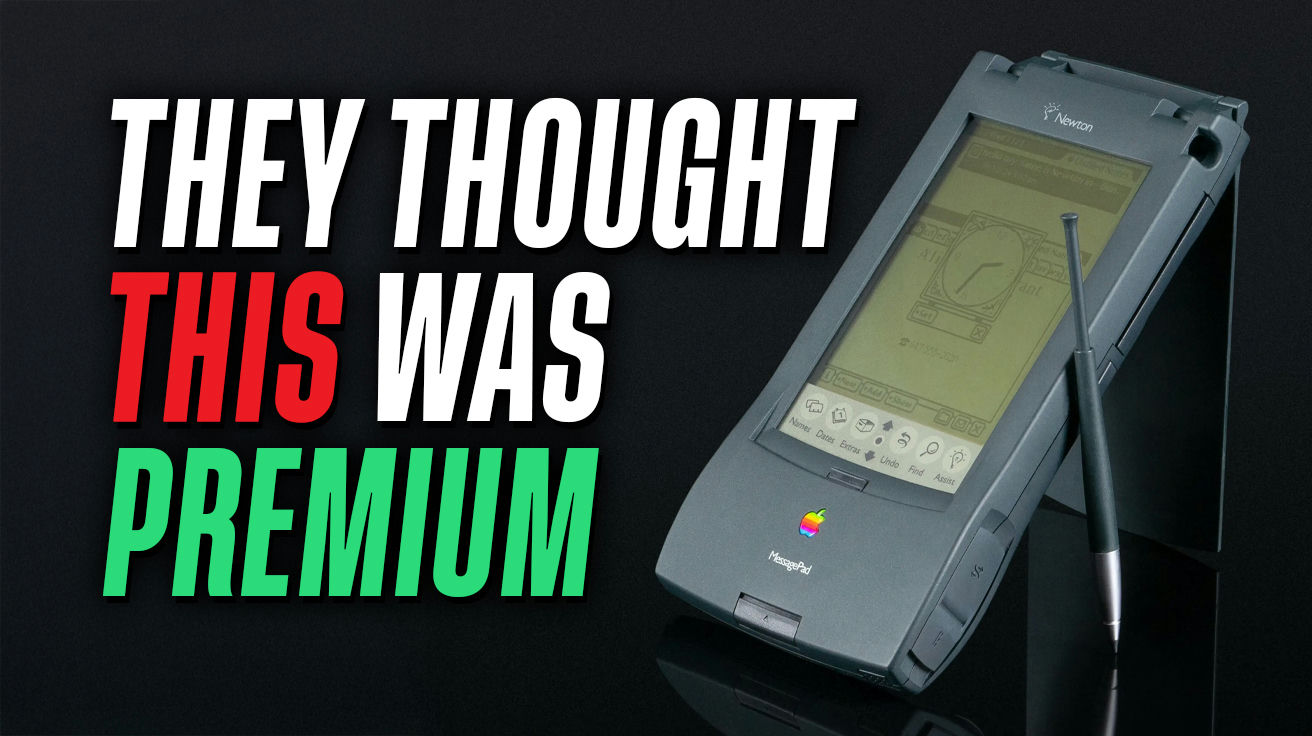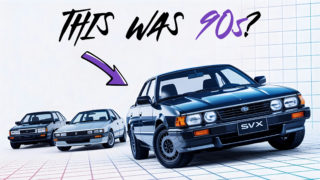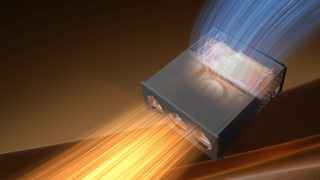The 1990s promised a tech utopia where every innovation would revolutionize daily life. Instead, companies spent billions developing products that confused consumers, solved problems nobody had, or arrived decades before the world was ready. These spectacular failures teach us that timing, execution, and understanding your audience matter more than flashy marketing budgets. From clear cola that tasted like regret to virtual reality headsets that caused actual headaches, here are 12 products that defined the decade’s most expensive lessons in what not to launch.
9. Apple’s Newton MessagePad
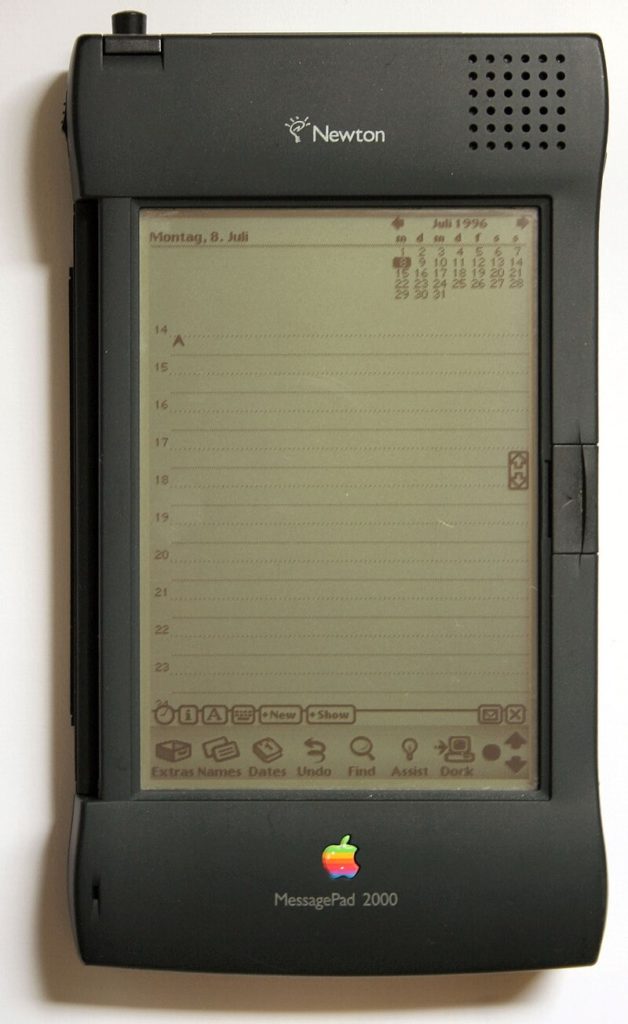
Apple’s Newton MessagePad launched in 1993 with handwriting recognition so inaccurate it spawned Saturday Night Live sketches. At approximately $700 (roughly $1,400 today), early adopters paid premium prices to watch their carefully written notes transform into digital hieroglyphics. Despite selling only 50,000 units in four months, the Newton pioneered concepts that would eventually bloom into the iPhone revolution 14 years later.
8. IBM’s Simon Smartphone
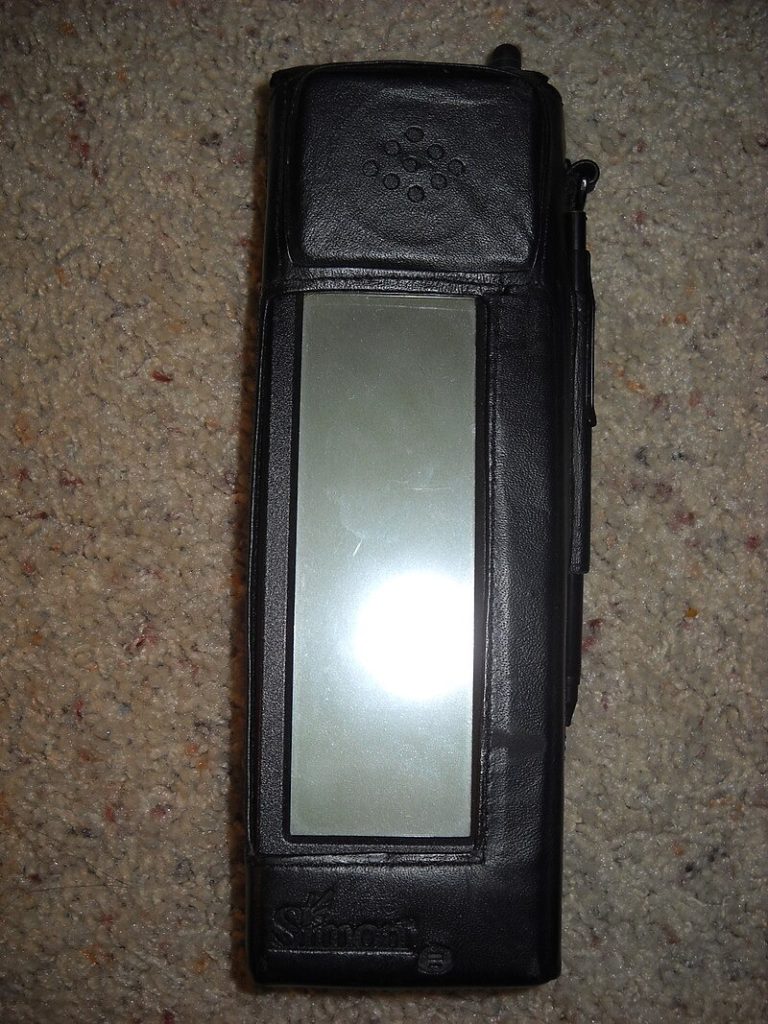
IBM’s Simon smartphone arrived in 1994, thirteen years before anyone knew they needed a smartphone. Weighing nearly a pound with battery life measured in minutes, the $899 device offered touchscreen technology and apps that worked exactly as well as you’d expect from 1994 wireless infrastructure. Early smartphone adopters learned that being first to the party sometimes means sitting alone in an empty room.
7. Nintendo Virtual Boy
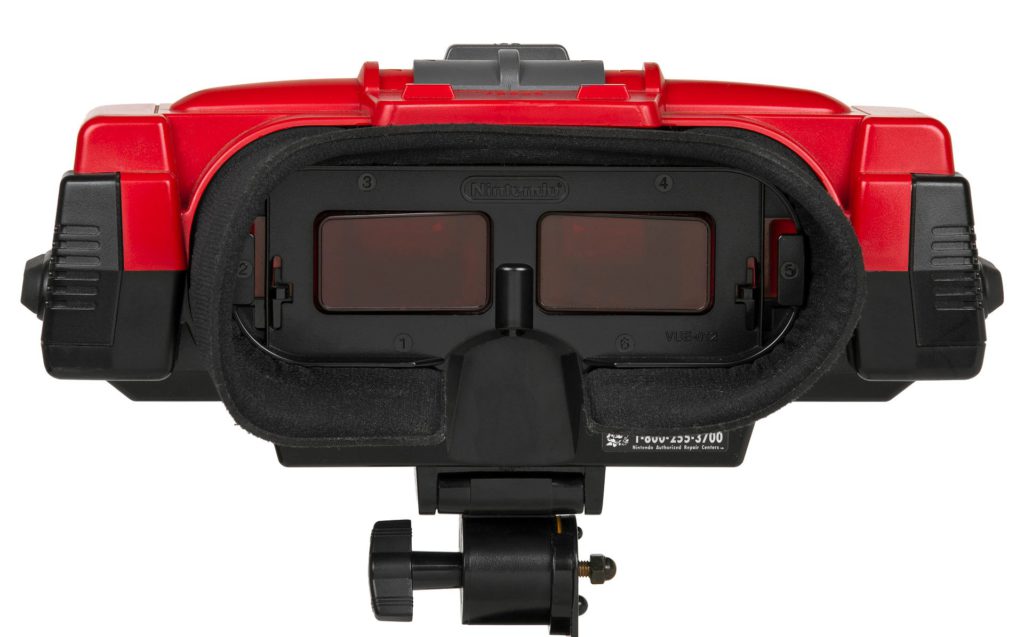
Nintendo’s Virtual Boy debuted in 1995 as the company’s boldest gamble on immersive entertainment. The red-and-black color scheme triggered headaches faster than a tax audit, while clunky graphics made players question whether this qualified as “virtual reality” or “virtual punishment.” Nintendo pulled the plug after six months, creating one of gaming’s most notorious failures.
6. E.T., the Extra-Terrestrial (The Game)
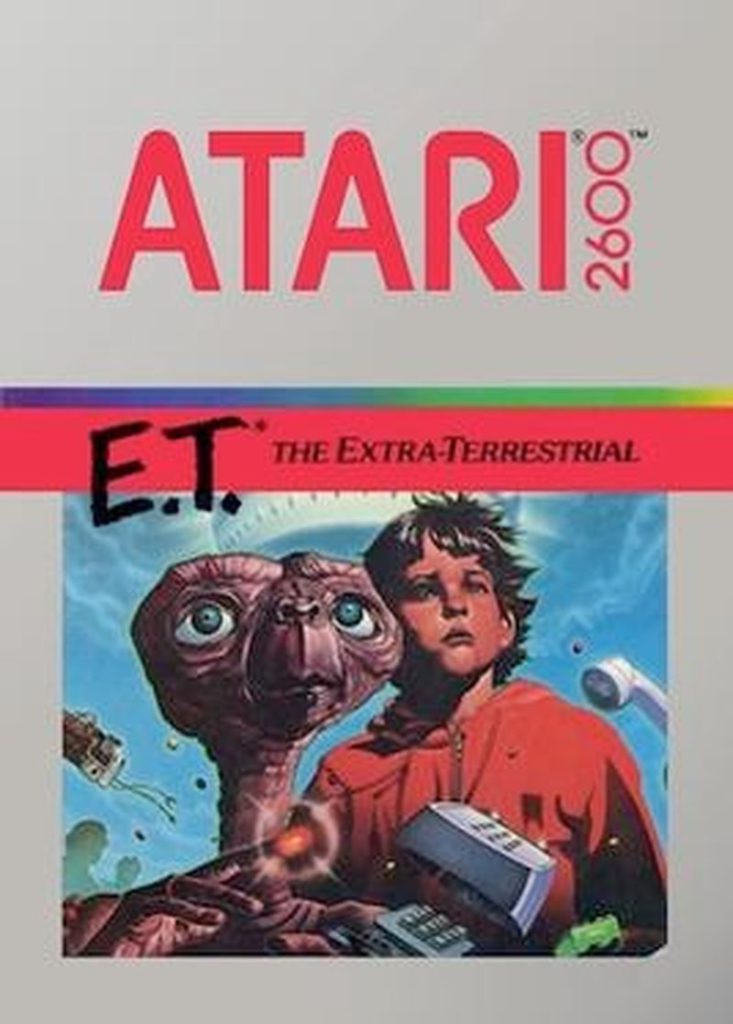
Atari’s E.T. the Extra-Terrestrial game stands as gaming’s original disaster story. Developed in five weeks after Steven Spielberg’s film release, the notoriously difficult game sold 1.5 million copies out of 4 million manufactured. Atari spent $21 million on franchise rights and $5 million on promotion, then famously buried leftover copies in a New Mexico landfill—turning a marketing catastrophe into archaeological legend.
5. Crystal Pepsi
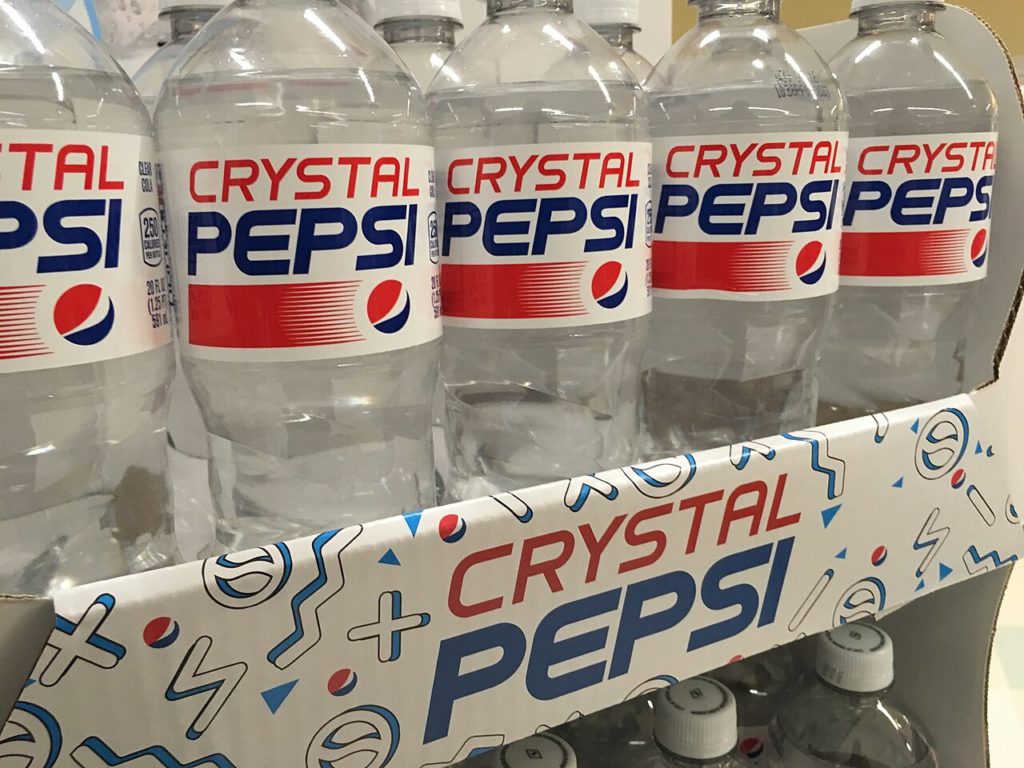
Crystal Pepsi arrived in 1992 as cola that looked like water but tasted like… not quite Pepsi. The transparent appearance confused consumers who expected either the familiar brown cola experience or flavorless clarity. The product disappeared within two years, teaching marketers that sometimes seeing isn’t believing when it comes to taste expectations.
4. Maxwell House Brewed Coffee
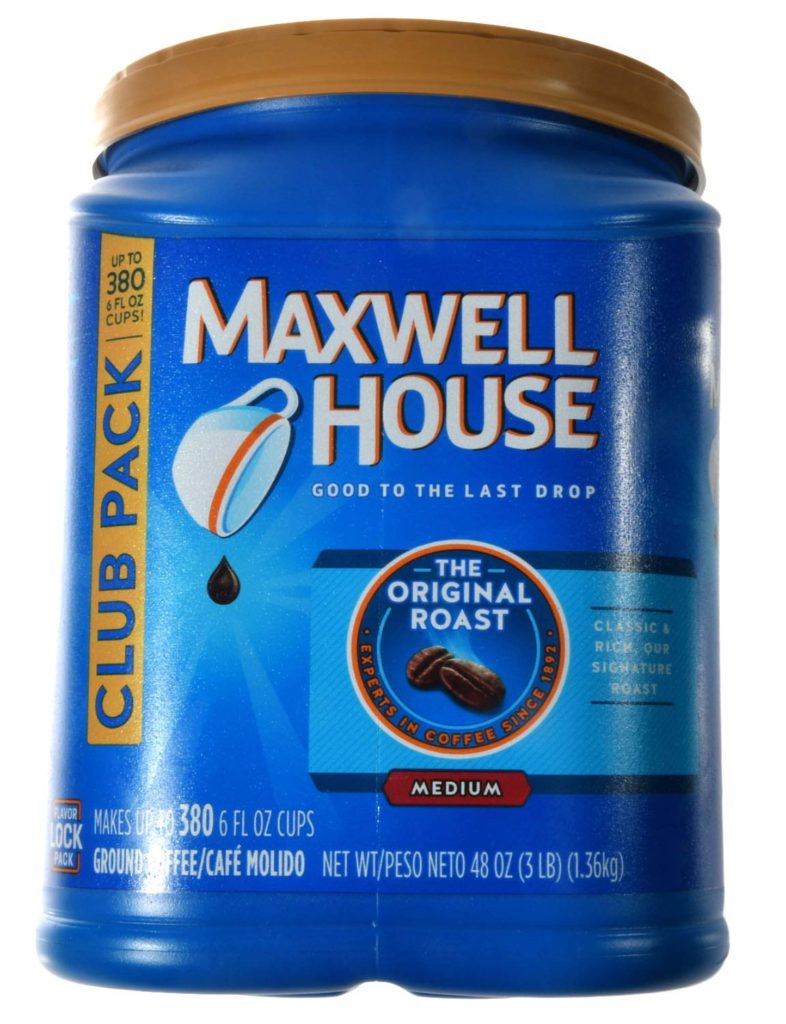
Maxwell House Brewed Coffee sold pre-brewed coffee in refrigerated cartons decorated with steaming hot coffee imagery. The foil-lined packaging couldn’t be microwaved, creating major inconvenience for a product marketed specifically for convenience. Nothing says “easy morning routine” like cold coffee you can’t heat up.
3. Arch Deluxe from McDonald’s
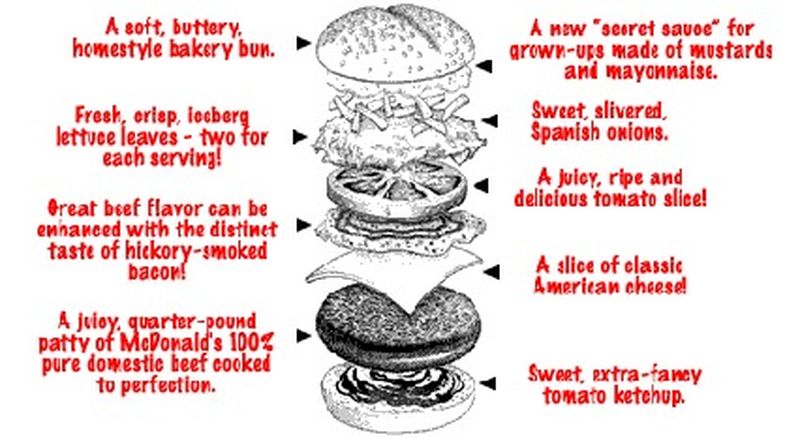
McDonald’s Arch Deluxe launched in 1996 with an estimated $200 million advertising budget, positioning itself as a “grown-up taste” hamburger for sophisticated consumers. The campaign featured commercials showing children rejecting the adult-oriented burger, effectively telling McDonald’s core family audience that this product wasn’t for them. Sales missed the $1 billion first-year expectation, proving that alienating your base rarely attracts new customers.
2. Iomega’s Zip Drive
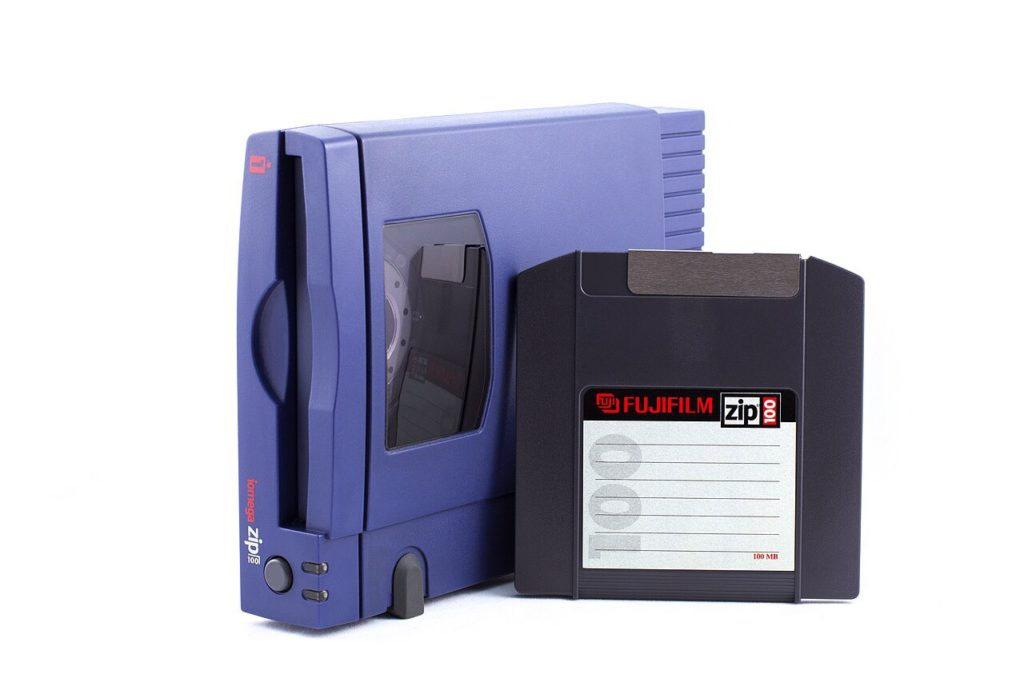
Iomega’s Zip Drive launched in 1994, promising portable storage reliability at $199, with 100MB disks costing $20 each. Instead, the drives destroyed user data so consistently that they spawned class-action lawsuits. The infamous “click of death” sound meant files vanished forever, teaching users that sometimes the most expensive storage solution is the one that doesn’t store anything.
1. RJ Reynolds’ Premier Smokeless Cigarette
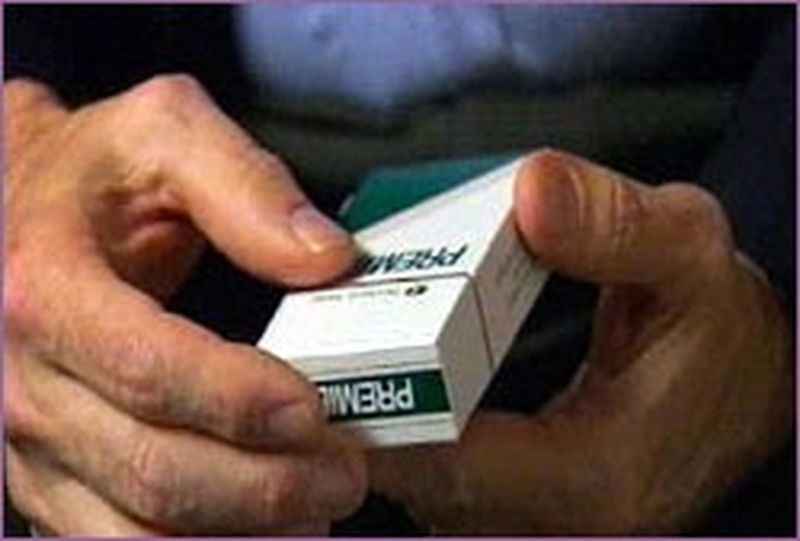
RJ Reynolds spent over $325 million developing the Premier smokeless cigarette, designed to heat tobacco rather than burn it. The product left a charcoal taste and a strange smell described as burning plastic, leading to market withdrawal in the early 1990s. Even tobacco companies discovered that innovation without palatability equals expensive failure.


